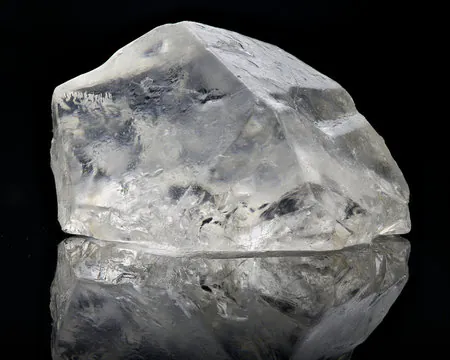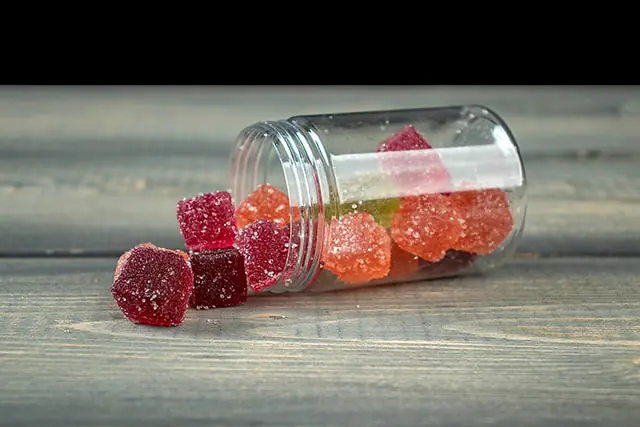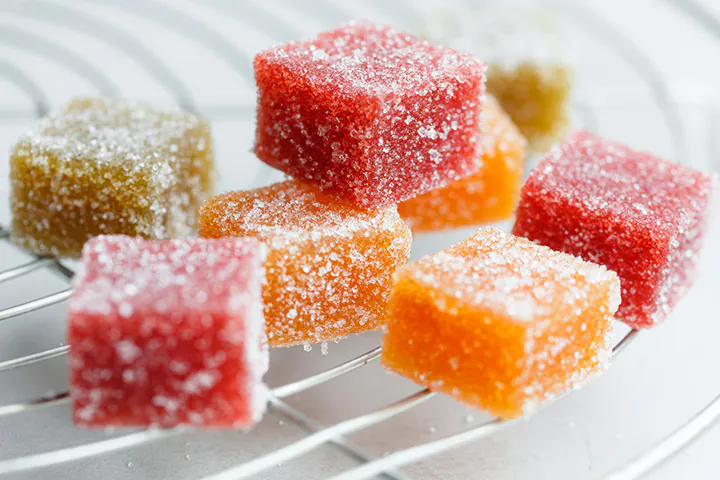THCV distillate is a super extract of the cannabis plant that may be found in vape cartridges, edibles, and topical goods all over the world. THCV distillate is a clean and powerful oil containing a single THCV cannabinoid.
THCV distillate does not begin with an amber-colored and translucent look. A series of extraction and purification steps transform the THCV raw material into the distillate found in many cannabinoid-based goods.
What Is THCV?
THCV (tetrahydrocannabivarin) is one of the numerous phytocannabinoids discovered in the cannabis plant. THCV is not as well-known or investigated as the primary phytocannabinoid, THC, but it provides similar qualities.
Cannabinoids generally interact with the human body via the endocannabinoid system (ECS). This is a network of cannabinoid receptors, messenger molecules, and enzymes.
Phytocannabinoids, including THCV, engage with cannabinoid receptors and other targets in our bodies to create euphoric effects. The most prevalent source of THCV is pure sativas from Africa, Pakistan, China, Nepal, India, Thailand, and Afghanistan.
What is THCV Distillate?
THCV distillate is a heavily refined version of cannabis-derived THCV (tetrahydrocannabivarin). The product itself resembles a thick oil that can range in color from clear to amber.
Because each cannabinoid vaporizes at a different temperature, distillation removes everything from plant lipids to terpenes, and producers can easily adjust the process to obtain only one cannabinoid. As a result, THCV distillate is a very pure concentrate.
How THCV Distillate is Made
Here’s how to make THCV distillate from start to finish. The distillation needed four steps and the assistance of a specialist.
Step 1: Main Extraction
Experts start the procedure by extracting oil from the cannabis plant. In this first stage, the cannabis plant matter is separated from its sticky trichomes. The plant’s most valuable components, cannabinoids, terpenoids, and flavonoids, are produced and stored in these sticky trichomes, also known as resin glands.
Processes such as butane, propane, or ethanol solvent extraction, among other solventless extraction techniques, are used in crude oil extraction. It starts with a solvent tank, then washes the solvent over your biomass material to separate the trichomes, moves to a collection tank, and eventually returns the solvent to the original tank with the use of an active solvent recovery process.
Step 2: Winterization & Filtration
Winterization is the second step in the distillation of THCV. This cold-temperature-based technique eliminates undesired impure chemicals from crude oil, such as lipids, chlorophyll, and waxes.
Winterization is completed by adding ethanol to the crude oil and storing the combination below freezing for up to 24 hours. Holding the crude oil at low temperatures for an extended period of time causes undesirable chemicals to congeal, allowing them to be filtered out.
Step 3: Decarboxylation
Decarboxylation is the next step in the production of THCV distillate. The decarboxylation mechanism converts the non-psychoactive molecule THCVa to its active form THCV. This chemical reaction occurs when heat is applied to the miscella under a vacuum, releasing carbon dioxide (CO2), residual solvent, and highly volatile chemicals in the extract, such as terpenes.
Decarb must be done correctly before proceeding to the next phase, distillation because any remaining CO2 in the miscella will interfere with the vacuum depths attempted in the distillation system.
Step 4: Distillation
We can begin distillation now that we have extracted our THCV cannabinoid, removed the lipids and waxes, activated our THCV compound, and eliminated the excess solvent from our miscella extract.
The miscella is heated at various temperatures under a vacuum during distillation. When specific boiling temperatures are attained, the compounds vaporize and pass through a chilled condensing head, effectively re-condensing the vapors back into a liquid form.
This warming and re-cooling procedure separates the various chemicals in your miscella, also known as fractions. Typically, three fractions are collected: heads, tails, and main body. The main fraction is the portion of your distillate that has been cleansed and focused.
Processors frequently make several distillations runs to further distill their oil. This was most certainly the case if you ever saw a nearly transparent distillate oil.
Why is Distillation Important?
Distillation allows producers to buy a larger quantity of cannabis trim or low-quality biomass and distill their desired chemicals into an ultra-potent liquid. Distillates have been the cannabis industry’s backbone. They can be found in almost every product line. Their flavorless and odorless properties help in the production of consistent cannabis products.
Conclusion
High-quality THCV distillate requires an efficient extraction stage to extract as many cannabinoids from the cannabis plant as possible. That is why the distillation procedure requires the services of a specialist.
Want to skip the entire distillation procedure while still obtaining 100 percent pure THCV Distillate in wholesale or bulk quantities? State of Mind Labs is the solution. Contact us straight away to get your order delivered.




